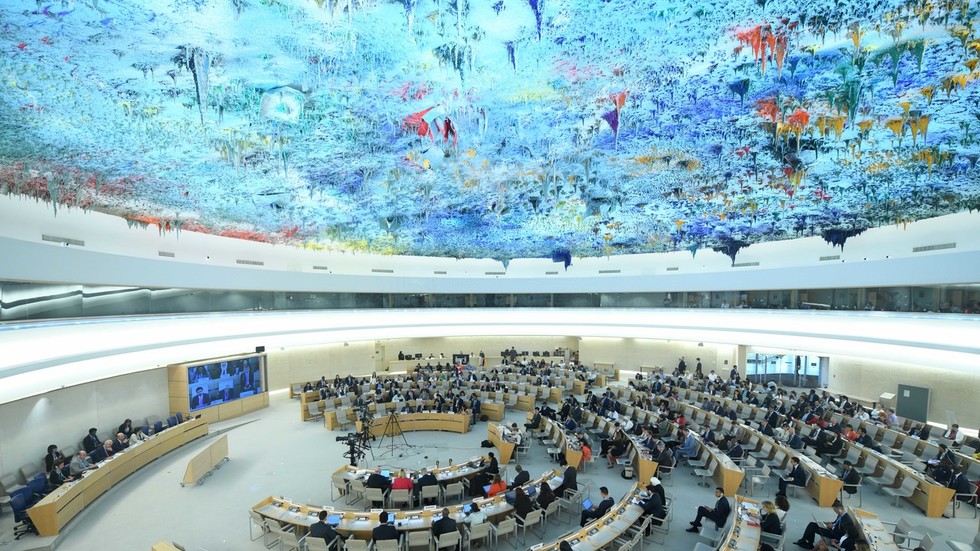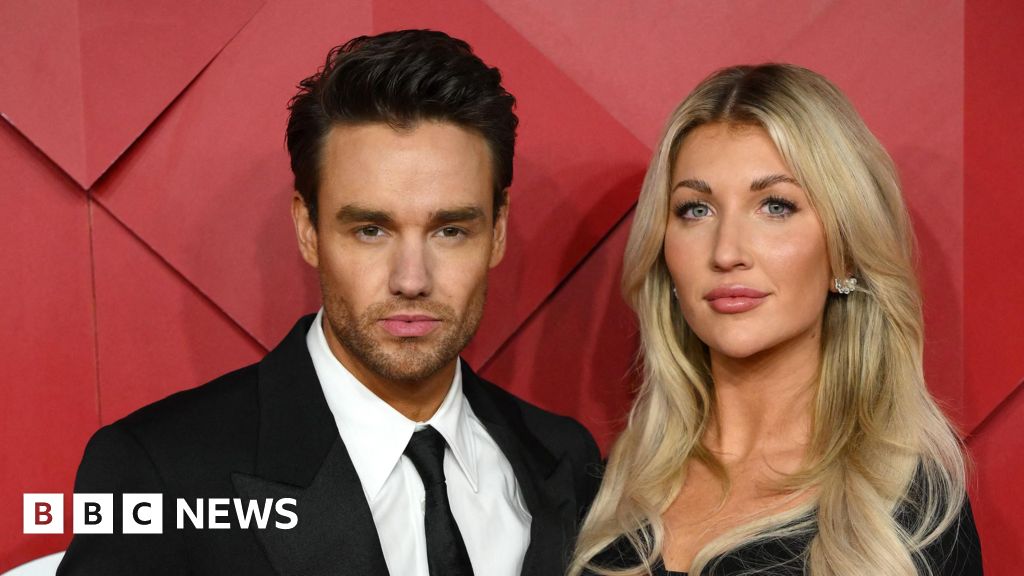Feb 05 (IPS) - CIVICUS discusses the ongoing conflict in Ethiopia’s Amhara region with Hone Mandefro, advocacy director at the Amhara Association of America, and Henok Ashagray, PhD candidate and project officer at the Centre for Human Rights at the University of Pretoria.
 Henok Ashagray - Hone Mandefro
Henok Ashagray - Hone MandefroViolent clashes continue between Amhara Fano militias and Ethiopian government forces across the Amhara region, with incidents reported in 56 locations. The most affected areas include East Gojjam, North Wollo and South Wollo, with civilian casualties reported in at least 13 locations and airstrikes and drone attacks confirmed in eight. Government forces have conducted widespread arrests and forced conscription campaigns, targeting minors and older people. Meanwhile, in the Oromia region, targeted attacks against Amhara communities have led to deaths, displacement and sexual violence.
What’s the current state of the conflict in Ethiopia’s Amhara region?
The conflict continues to escalate, with widespread violence and heavy clashes across the Amhara region and parts of Oromia. Government forces have intensified their military campaigns and are now using airstrikes and drones , while Fano militias resist fiercely. The fighting is severe and prolonged, with territorial control frequently shifting. While government forces focus on urban areas, Fano militias dominate smaller towns and rural regions, claiming to control over 80 per cent of the Amhara region.
Civilians are bearing the brunt of the violence. Despite limited attention from human rights organisations, sporadic reports have documented alarming abuses, including extrajudicial killings and mass detentions. According to the Amhara Association of America, there were at least 5,052 civilian casualties between August 2023 and December 2024, including 3,935 killed and 1,117 injured by Ethiopian National Defence Forces or allied militias. Drone and airstrikes alone caused 1,076 casualties, including 823 fatalities.
Arbitrary mass arrests and attacks on medical professionals, patients and health facilities are common. The conflict has left over 4.1 million children out of school, with 4,178 schools closed, 300 damaged and 350 rendered non-functional, according to the United Nations (UN) Office for the Coordination of Humanitarian Affairs. An emerging famine leaves many at risk of starvation unless immediate aid is delivered.
The conflict is also destabilising the Sudan border as civilians try to escape the violence. Refugee flows into Sudan and vice versa are worsening the humanitarian crisis. Cross-border arms smuggling and the movement of fighters further destabilise the region. In September 2024, fighting around the Metemma border forced Ethiopian government forces to retreat into Sudan.
How have relations between Amhara and Oromo communities been affected?
Amhara-Oromo relations have always been tense, and they’ve worsened due to escalating human rights abuses and ethnic cleansing of Amhara people in Oromia since Prime Minister Abiy Ahmed came to power. Systematic violence – including mass killings, physical harm and forced evictions – has deepened mistrust. Groups such as the Oromo Liberation Army and regional forces have been implicated in atrocities that some organisations, including the Amhara Association of America, consider to be genocide.
The federal government has been accused of denial, inaction and even active participation in massacres targeting Amhara people. Forced displacement of millions of Amhara civilians from Oromia, orchestrated by state and non-state forces, has left many living in unsafe conditions in makeshift internally displaced persons camps in Amhara cities. While some Amhara people understand that Oromo people as a whole may not support the regime’s actions, the involvement of some Oromo elites and complicity by state forces have widened the divisions between the two communities. Oromo elites, including those in Addis Ababa and abroad, have supported military campaigns on Amhara to consolidate Oromia’s political dominance, further increasing Amhara mistrust.
Genuine reconciliation will require robust transitional justice and accountability mechanisms to address past and ongoing human rights violations, ensure justice for victims and hold perpetrators responsible for their actions. This would lay the foundation for long-term peace and trust between communities.
What roles is civil society playing in peacebuilding?
Religious institutions, community organisations and local media are struggling to play their proper roles in peacebuilding. While traditional reconciliation mechanisms, such as mediation by respected elders and interethnic dialogues, could potentially help rebuild trust between the communities, the current atmosphere of violence and repression enacted by the regime has made these efforts almost impossible.
Religious leaders, who have historically served as trusted mediators in community disputes, have been sidelined, harassed and imprisoned for their perceived neutrality or dissent. Similarly, local elders who play prominent roles in traditional conflict resolution face intimidation and detention. Many community members now view traditional leaders as co-opted by the government, further eroding trust in their ability to act as peacebuilders.
Community organisations essential for amplifying voices advocating for reconciliation have been systematically weakened. Human rights groups and civic organisations face suspensions, disbandment or severe restrictions as part of an ongoing governmental crackdown on civil society.
Independent media could play a critical role in promoting dialogue and holding perpetrators accountable but have been stifled through censorship and threats, with many journalists ending up behind bars. According to the Committee to Protect Journalists, Ethiopia is one of Africa’s worst jailers of journalists.
Without the contributions of religious institutions, community organisations and local media, the push for accountability and sustainable peace becomes far more challenging. Strengthening and protecting civil society is essential for meaningful reconciliation to happen.
How are international bodies responding to the crisis?
Regional bodies and the UN have largely stayed silent on the Amhara conflict, drawing criticism for their inaction. The African Union has been quiet even as Amhara people are detained near its offices in Addis Ababa. The UN has offered limited acknowledgment of the violence, forced displacements and famine in the region. The recent election of Ethiopia as a member of the UN Human Rights Council for the 2025-2027 term has further dismayed victims of ongoing atrocities.
Lack of accountability for war crimes, including attacks on civilians and destruction of infrastructure, has eroded trust in international institutions. Regional and international bodies must adopt a proactive approach, pressing the regime to end atrocities and facilitate humanitarian aid. Independent investigations by organisations such as the African Commission on Human and Peoples’ Rights and the UN Human Rights Council could help ensure accountability. Increased humanitarian assistance must prioritise vulnerable groups and address the root causes of the conflict.
GET IN TOUCHWebsiteTwitterFacebook
SEE ALSOEthiopia: ‘The international community must stop enabling the war on Ethiopia’s Amhara people’ CIVICUS Lens | Interview with Robel Alemu 04.Oct.2024 Ethiopia: hostile conditions for critics, human rights defenders and journalists CIVICUS Monitor 31.Aug.2024 Horn of Africa: ‘De-escalation must be the primary objective’ CIVICUS Lens | Interview with Mengistu Assefa 23.Feb.2024
Follow @IPSNewsUNBureau
Follow IPS News UN Bureau on Instagram
© Inter Press Service (2025) — All Rights ReservedOriginal source: Inter Press Service

 2 hours ago
3
2 hours ago
3









